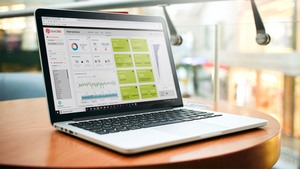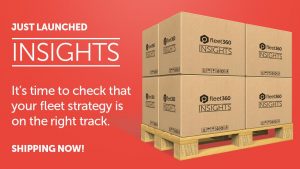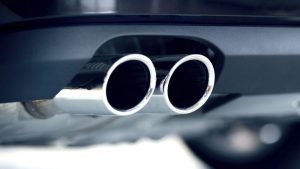What is this all about?
IFRS 16 is a new lease accounting standard published by the International Accounting Standards Board (IASB). It replaces IAS 17 and will come into effect 1st January 2019.
If you lease vehicles there are significant changes ahead. Your vehicles (assets) will now need to show on your balance sheet as a right-of-use asset out of a lease contract. This basically means that your company need to take the financial components of the lease, represented in the finance component of the monthly rental, onto your books (as asset and liability). This means that you will have to depreciate the asset, amortise the lease liability and account for the interest on the lease liability.
Under the new standard, companies will recognise new assets and liabilities, bringing added transparency to the balance sheet. At present, many analysts adjust financial statements to reflect lease transactions that companies hold off-balance sheet.
For the first time, analysts will be able to see a company’s own assessment of its lease liabilities, calculated using a prescribed methodology that all companies reporting under IFRS will be required to follow
What is new in IFRS 16?
At the simplest level, the accounting treatment of leases by lessees will change fundamentally. IFRS 16 eliminates the current dual accounting model for lessees, which distinguishes between on-balance sheet finance leases and off-balance sheet operating leases. Instead, there is a single, on-balance sheet accounting model that is similar to current finance lease accounting.
Lessor accounting remains similar to current practice – i.e. lessors continue to classify leases as finance and operating leases.
Will my company be affected?
These changes will only affect companies which are obliged to publish under IFRS. Companies that report under local GAAP only are not affected by the described changes.
Next steps
The new standard takes effect in January 2019. Before then, companies will need to analyse their leases, and make new estimates and calculations that will need to be updated periodically. If you haven’t done so already, you need to start looking at your contracts now.



